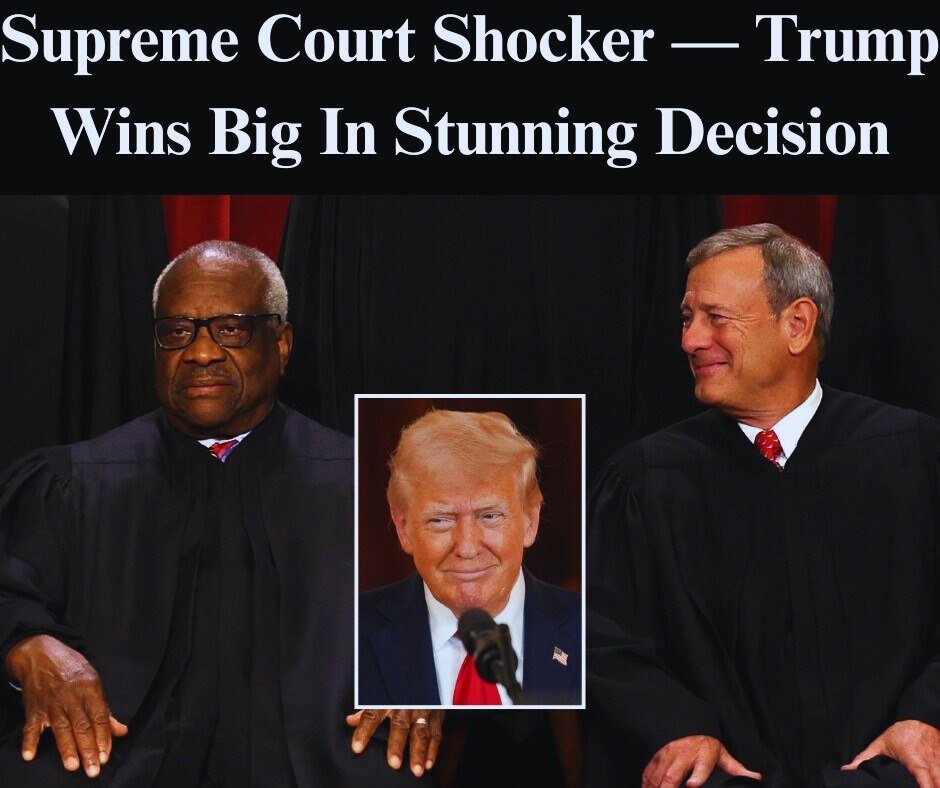DA Willis Ordered To Pay Big Fine For Violations In Trump Case
Fulton County District Attorney Fani Willis has been ordered to pay over $54,000 in attorney fees for violating Georgia’s Open Records Act, according to court documents. The dispute arose from Willis’ office failing to provide records requested by defense attorney Ashleigh Merchant, who represents Michael Roman, a former campaign and White House aide to President […]
Continue Reading








